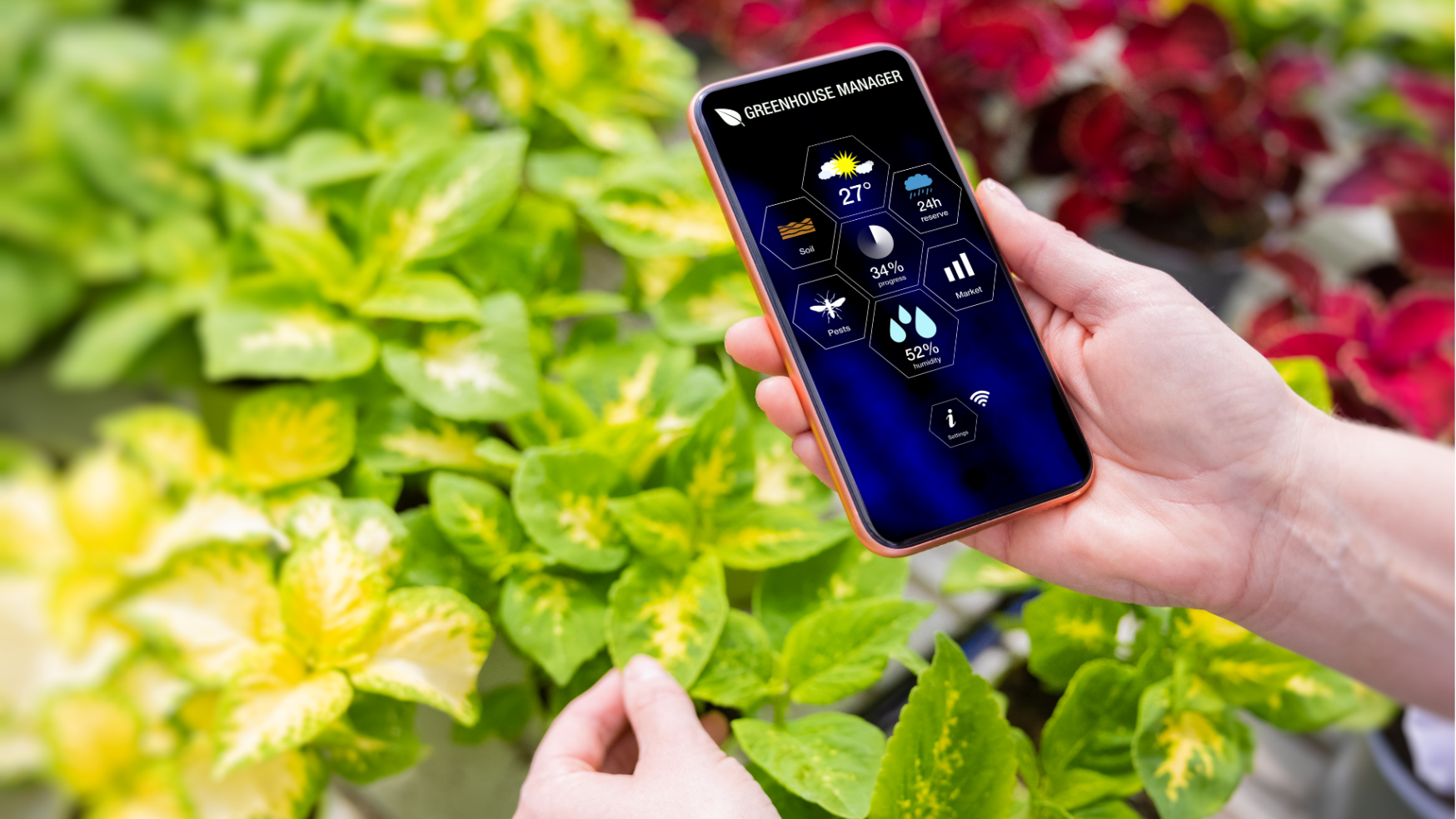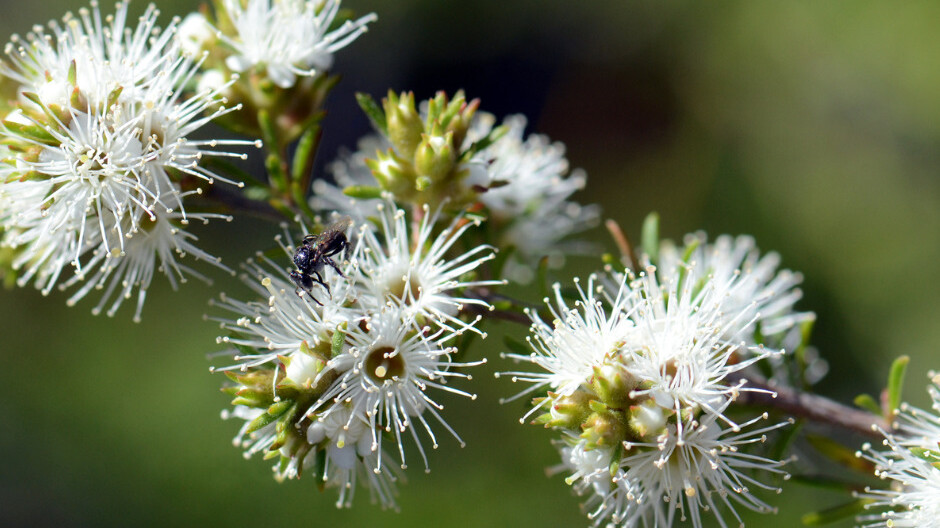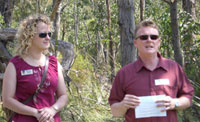
Knox City Council, in outer eastern suburban Melbourne, launched its Gardens for Wildlife program on a splendid spring day in October 2006
The program is designed to encourage residents to help locally threatened wildlife by planting locally indigenous and other Australian plants or suitable exotic species, to provide habitat and food sources for a variety of wildlife, including birds, insects and frogs. The program also encourages providing other forms of habitat for a variety of animals.
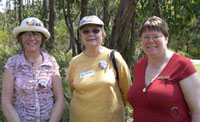
How it Began – The Power of One
Local resident Jan Jordan lobbied the council incessantly, after hearing about a similar initiative in another area that had failed to get established.
Another local resident Irene Kelly is credited with being instrumental in co-ordinating the program. She says that Jan’s tenacity proves that one person does have the power to make change happen.
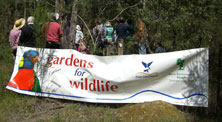
Jan and Irene’s enthusiasm is infectious and the program has leapt ahead. There are now 92 gardens signed up to the program, with considerable interest from others residents too.
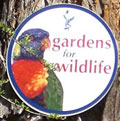
Small and Big Gardens
‘The good thing about this is you don’t need a big garden,’ explains Irene Kelly. ‘Even a small garden can contribute pockets of food and habitat.’
There has also been interest from schools, with two pre-schools already signed up.
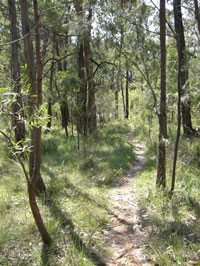
The Council has established various categories of gardens in the program:
Category 1: Predominantly native plant garden including indigenous plants that meet all of the criteria outlined.
Category 2: Predominantly native plant garden that meets all or some of the criteria.
Category 3: Garden with a mix of native and introduced plants that contains some of the features outlined.
Category 4: A mix of native and introduced plants with one or more of the features listed.
Category 5: No established garden but would like to register (needing help and advice on what to plant and how to help save local wildlife).
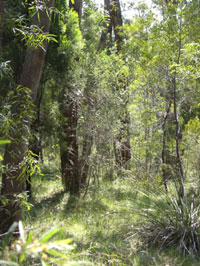
Wildlife Garden Recipes
The Bird Observers Club of Australia (BOCA) provides some initial guidelines as to what would be good to include in a garden to attract wildlife. It has:
· A tall mature tree, native to the area
· A patch of natural mulch for beetles and worms
· A clump of dense shrubs where birds can shelter
· Nectar plants for honeyeaters
· A cat-proof birdbath
· A frog-friendly pond with unpolluted water
· A warm, sheltered corner for lizards
· Daisies for butterflies
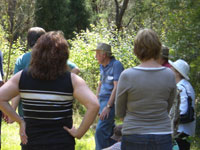
The Council has produced a series of information sheets, called Recipes for a Wildlife Garden. These information sheets deal with specific aspects of attracting wildlife. For example, one sheet outlines the need to establish warm sheltered spots for lizards and the best way to achieve this. Another suggests providing patches of natural mulch for beetles and worms. And of course, the more obvious need for nectar plants, cat-safe bird baths and the like are all included. (Incidentally, SGA is in the process of putting all this information into a booklet for Knox residents!)
For more information, visit the council’s website at www.knox.vic.gov.au
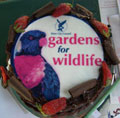
Pictured (from the top):
The Director of City Development Steve Dunn introduces councilor Monique Davey (Chandler Ward), who launched the Gardens for Wildlife program.
From left: Irene Kelly, Jan Jordan and the Member for Ferntree Gully, Anne Eckstein.
Part of the launch activities was a walk through Ray Cowley’s Category 1 garden. A banner sign welcomes visitors to this bushland garden.
The sign that will adorn Gardens for Wildlife properties.
Ray Cowley’s Category 1 garden is virtually pristine bushland with very few weeds. There are plant treasures everywhere, including orchids and a variety of wildflowers.
Ray Cowley talks to a group of visitors about the plants in his garden.
There’s no party without a cake and what a cake it was too!
Related Articles:
Citizen Science: A Pathway to Gardening Success and Biodiversity Conservation
In recent years, the realm of science has experienced a remarkable transformation, one that invites people from all walks of life to participate…
Wildflower gardens – What’s the buzz about?
In the quest for sustainable and environmentally conscious practices, gardening enthusiasts and nature lovers alike are turning to a time-tested…


